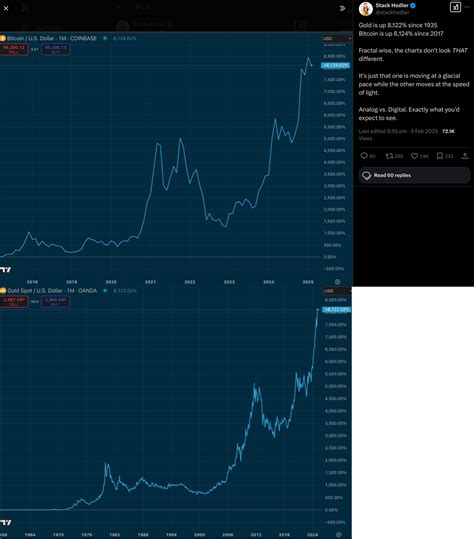Understanding P2SH Spend Transactions: Why Data Exists in ScriptSig and Witness Fields
As a Bitcoin investor or user, you are probably familiar with the unique characteristics of Private 2-Address Hash (P2SH) transactions. These transactions are more secure and private than traditional public key-based transactions. One aspect that may confuse you is why some spend transactions contain data in both the ScriptSig and Witness fields.
In this article, we will dive into the details of P2SH spend transactions and examine what happens with these additional fields and how they work.
What are ScriptSig and Witness Fields?
In Bitcoin, a transaction is made up of several fields that identify it as a unique transaction. These fields include:
- ScriptSig: Contains a script (a set of instructions) that is used to execute a function when the transaction is mined.
- Witness: A serialized data structure that contains metadata about the transaction.
P2SH: The private key-based transaction format

To understand why P2SH transactions contain both ScriptSig and Witness fields, we need to look at P2SH. In P2SH, each private key (a digital signature) is associated with a specific script. When a user spends a coin from their wallet, the transaction involves generating a new script using the private key’s signature.
The resulting transaction output contains several data structures:
- ScriptSig: A script that executes a function when the transaction is mined. This script is generated by the private key associated with the P2SH address.
- Witness (or
Body): Additional data about the transaction, such as the value, n (the number of coins), and other metadata.
Why do some transactions contain both ScriptSig and Witness fields?
In some cases, an output transaction may contain both ScriptSig and Witness fields. This is not standard behavior in Bitcoin or P2SH. However, there are a few scenarios where this could occur:
- Reentrancy attacks: In rare cases, an attacker could use a reentrancy exploit to inject malicious code into the transaction script using the private key associated with the ScriptSig field. This would allow them to manipulate the behavior of the transaction after mining.
- Script obfuscation: The attacker could have used a script obfuscate (a type of malware that hides code) to hide their malicious script in the transaction. This would prevent analysis and detection by miners or other security measures.
Conclusion
Understanding P2SH spend transactions is essential for anyone using Bitcoin or investing in this cryptocurrency. While the ScriptSig and Witness fields are standard components of a P2SH transaction, there may be unusual cases where they appear together. To avoid potential problems, it is important to be aware of these scenarios and take the necessary precautions when dealing with private keys.
By mastering the basics of P2SH transactions and understanding why they contain both ScriptSig and Witness fields, you will be better equipped to navigate the complexities of Bitcoin and make informed decisions about your digital assets.

